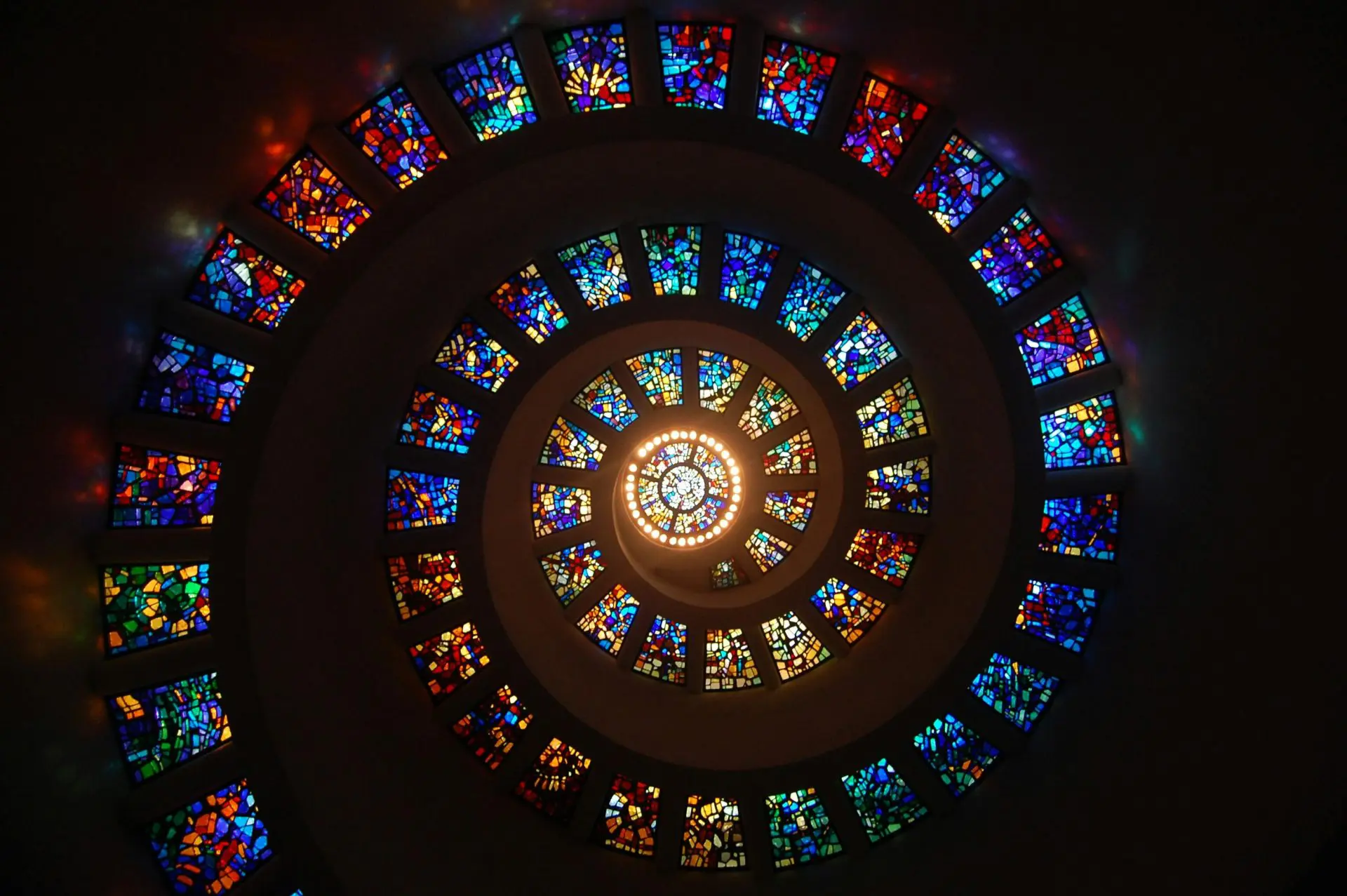The Serpent Apep: Enemy of Ra and Symbol of Chaos

Looking for more amazing products? Check out our online store and explore our collection here! Happy shopping!
Before diving in, please note: This post is for informational purposes only. If you’d like to know more about how we approach topics, feel free to check out our friendly Disclaimer Page.
Hey there, amazing readers! 
We’re committed to delivering quality posts, and your support (even just sticking around despite the ads) means everything to us. So, bear with us, and thanks for helping us keep the good vibes rolling. Now, on to the fun stuff!
TRANSLATE BUTTON AT THE END OF THE ARTICLE
The Serpent Apep: Enemy of Ra and Symbol of Chaos
Overview
The Serpent Apep, also known as Apophis, is a prominent figure in ancient Egyptian mythology.
Revered as the personification of chaos and disorder, Apep played a crucial role in Egyptian cosmology and religious beliefs.
This article delves into the origins of Apep, his role in Egyptian mythology, depictions in art, symbolism, and cultural implications.
It explores how Apep, as the eternal opponent of the Sun God Ra, represents the everlasting battle between order and chaos in Egyptian mythos.
Introduction to the Serpent Apep and Its Mythological Significance
Apep, the serpent of chaos, represented the forces that threatened to disrupt the cosmic order in ancient Egypt.
Egyptians believed that chaos was ever-present, lurking beyond the realms of light and order.
As the embodiment of disorder, Apep posed a significant threat to Ra, the Sun God, and the harmony of the universe.
Understanding the mythological significance of Apep is crucial to comprehending the Egyptians’ struggle to maintain order in their society.
Origins of Apep: Ancient Egyptian Beliefs and Legends
The origins of Apep can be traced back to the earliest Egyptian religious beliefs.
In the Pyramid Texts, dating back to the Old Kingdom, Apep is depicted as a primeval serpent born from the chaos of the primordial waters.
The Coffin Texts and the Book of the Dead further elaborate on Apep’s origins, portraying him as an eternal adversary of the sun boat, the vessel carrying Ra through the sky.
These texts underline the Egyptians’ fear of chaos and their constant efforts to protect Ra from the serpent’s malevolent influence.
Apep’s Role in Egyptian Cosmology and Religious Texts
In Egyptian cosmology, Apep represented the antithesis of Ma’at, the concept of cosmic order and balance.
Apep’s relentless attacks on Ra’s solar barque symbolized the perpetual struggle between order and chaos.
Religious texts, such as the Book of the Heavenly Cow, describe Apep as the leader of a demonic army, battling the gods and attempting to plunge the world into darkness.
The Egyptians believed that by participating in rituals and reciting spells, they could aid the gods in overcoming Apep’s malevolence and maintaining order.
Apep as the Eternal Opponent of the Sun God Ra
Apep’s primary role in Egyptian mythology was as the eternal opponent of Ra, the sun god and king of the gods.
Every night, as Ra descended into the underworld, Apep lay in wait, seeking to devour him and prevent his rebirth at dawn.
This nightly struggle between Ra and Apep represented the cyclical nature of life and death, light and darkness.
The Egyptians believed that if Apep were to succeed, chaos would reign supreme, and the world would be plunged into eternal darkness.
Depictions of Apep: Mythological Art and Iconography
In ancient Egyptian art, Apep was often depicted as a giant serpent, sometimes with a human head.
He was portrayed as a vicious and malevolent creature, often shown entwined around Ra’s solar barque, attempting to seize him.
These artistic representations aimed to emphasize the ongoing battle between Ra and Apep and the Egyptians’ unwavering belief in the necessity of maintaining order over chaos.
Such depictions can be found on temple walls, coffins, and papyrus scrolls.
Symbolism of Apep: Understanding Chaos and Disorder in Ancient Egypt
Apep’s symbolism extended beyond his role as the enemy of Ra.
He represented more than just a physical threat to the gods; he embodied the chaos and disorder that the Egyptians feared in their daily lives.
Apep symbolized the forces of darkness, destruction, and unpredictability that could disrupt the harmony of society and the natural world.
Understanding Apep’s symbolism provides insights into the Egyptians’ desire to maintain order and stability through their religious practices and rituals.
Rituals and Ceremonies: How Egyptians Fought Against Apep’s Influence
The Egyptians employed various rituals and ceremonies to combat Apep’s influence and strengthen the forces of order.
Explore the Path to Spirituality and Enlightenment – Start Here.
The Rite of the Overthrowing of Apep, performed annually, involved chanting spells and carrying out symbolic acts to repel Apep’s chaos.
Temples dedicated to Ra often contained a sanctuary called the "Place of the Overthrowing of Apep," where priests performed rituals to ensure the serpent’s defeat.
These rituals aimed to reaffirm the Egyptians’ commitment to upholding Ma’at and resisting the destructive forces of Apep.
Apep’s Influence on Egyptian Society: Cultural and Religious Implications
The mythological significance of Apep extended beyond the religious sphere and permeated Egyptian society as a whole.
Apep’s constant threat served as a reminder of the fragility of order and the need for vigilance against chaos.
The fear of Apep’s disruptive influence led to the establishment of laws, social norms, and hierarchies that aimed to maintain stability.
In art and literature, Apep’s defeat was celebrated, reinforcing the values of order and highlighting the consequences of surrendering to chaos.
Apep’s Legacy: Continuation of the Serpent’s Influence in Modern Culture
Despite the decline of ancient Egyptian civilization, Apep’s influence endured in various forms throughout history.
The serpent’s symbolism and the concept of the eternal battle between order and chaos have resonated with subsequent generations.
Apep’s portrayal as a powerful, malevolent force has influenced modern literature, movies, and video games, where the struggle between good and evil often mirrors the conflict between Ra and Apep.
His legacy serves as a reminder of the timeless appeal and significance of ancient Egyptian mythology.
Interpretations and Variations: Apep’s Significance Beyond Ancient Egypt
While Apep holds a unique place in ancient Egyptian mythology, similar concepts of chaos and disorder exist in other cultures worldwide.
The struggle between order and chaos can be found in mythologies ranging from Mesopotamia to Scandinavia.
Apep’s significance extends beyond its specific Egyptian context, reflecting universal human concerns about the balance between order and disorder, light and darkness.
Exploring Apep’s variations in different cultures allows for a broader understanding of the human fascination with these eternal themes.
Conclusion: The Everlasting Battle Between Order and Chaos in Egyptian Mythology
The serpent Apep, as the enemy of Ra and the symbol of chaos, played a crucial role in ancient Egyptian mythology.
Egyptians believed in the constant struggle between order and chaos, with Apep personifying the forces that threatened to disrupt the cosmic harmony.
Apep’s legacy endures as a reminder of the Egyptians’ unwavering commitment to maintaining order in the face of chaos.
Through rituals, art, and religious texts, the Egyptians sought to defeat Apep and uphold the values of Ma’at, reflecting their deep-seated desire for stability and balance in their society.
Apep’s significance extends beyond the borders of ancient Egypt, resonating with people worldwide and reminding us of the perpetual battle between order and chaos that exists in our own lives.

The Enlightenment Journey is a remarkable collection of writings authored by a distinguished group of experts in the fields of spirituality, new age, and esoteric knowledge.
This anthology features a diverse assembly of well-experienced authors who bring their profound insights and credible perspectives to the forefront.
Each contributor possesses a wealth of knowledge and wisdom, making them authorities in their respective domains.
Together, they offer readers a transformative journey into the realms of spiritual growth, self-discovery, and esoteric enlightenment.
The Enlightenment Journey is a testament to the collective expertise of these luminaries, providing readers with a rich tapestry of ideas and information to illuminate their spiritual path.
Our Diverse Expertise
While our primary focus is on spirituality and esotericism, we are equally passionate about exploring a wide range of other topics and niches 

To ensure we provide the most accurate and valuable insights, we collaborate with trusted experts in their respective domains 
Our blog originally focused on spirituality and metaphysics, but we’ve since expanded to cover a wide range of niches. Don’t worry—we continue to publish a lot of articles on spirituality! Frequently visit our blog to explore our diverse content and stay tuned for more insightful reads.
Hey there, amazing reader! 
Check out our store here and take a peek at some of our featured products below! Thanks for being awesome!
















